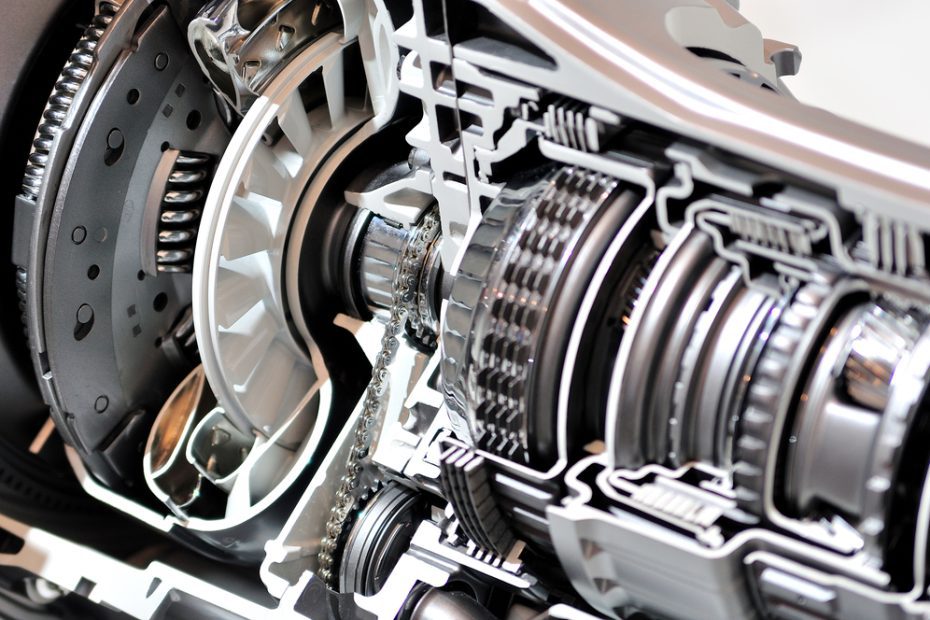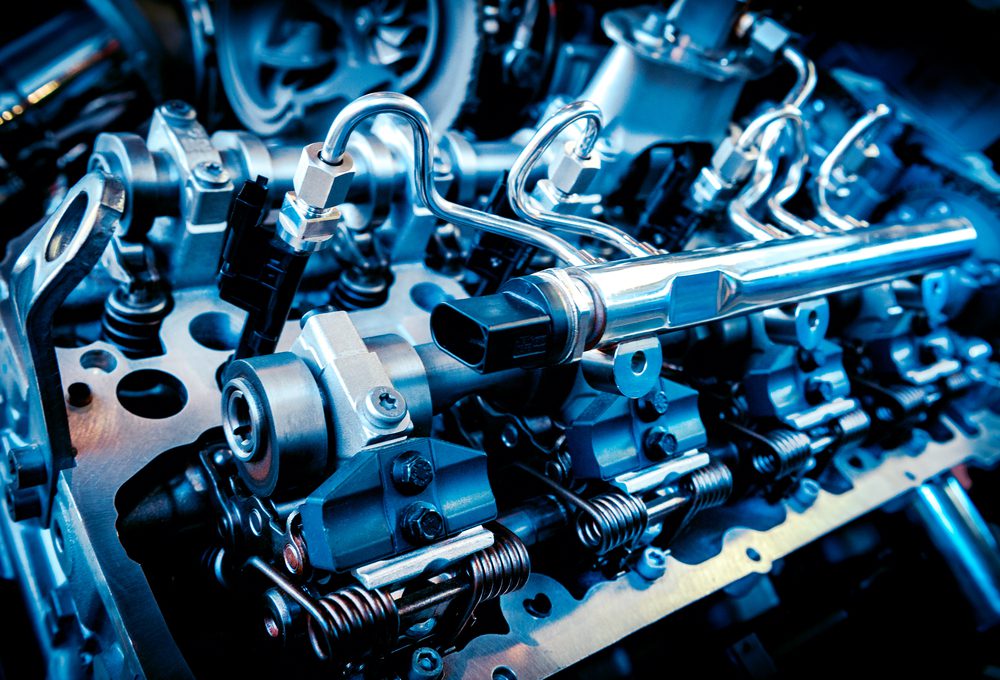Is it OK to drive with transmission slipping?
When it comes to driving with a slipping transmission, it is important to understand the potential risks and consequences involved. A slipping transmission refers to a condition where the gears do not engage properly, resulting in a loss of power or difficulty in shifting. While it may be tempting to continue driving with a slipping transmission, it is generally not recommended as it can lead to further damage and costly repairs.
The Dangers of Driving with a Slipping Transmission
Continuing to drive with a slipping transmission can have several negative consequences. Firstly, it can put additional strain on other components of your vehicle’s drivetrain, such as the clutch, torque converter, or differential. This can result in excessive wear and tear, leading to potential failures and the need for expensive repairs.
Additionally, driving with a slipping transmission can be unsafe. A slipping transmission can cause unexpected shifts or a loss of power, which can be particularly dangerous in situations that require quick acceleration or maneuvering. It can also result in difficulties when trying to maintain control of your vehicle, potentially leading to accidents or collisions.
Signs of a Slipping Transmission
Recognizing the signs of a slipping transmission is crucial in order to address the issue promptly. Some common indicators include:
- Delayed or hesitant shifting
- Difficulty in engaging gears
- Unusual noises or vibrations
- Burning smell coming from the transmission
If you notice any of these signs, it is important to have your vehicle inspected by a qualified mechanic to determine the cause and necessary repairs.
What to Do if Your Transmission is Slipping
If you suspect that your transmission is slipping, it is best to take immediate action to prevent further damage. Here are a few steps you can take:
- Check the transmission fluid level: Low or dirty transmission fluid can contribute to slipping. Ensure the fluid is at the appropriate level and consider having it changed if necessary.
- Have a professional inspection: Take your vehicle to a trusted mechanic who specializes in transmissions to diagnose the issue accurately.
- Consider repairs or replacement: Depending on the severity of the problem, your mechanic may recommend repairing or replacing the slipping transmission. Be sure to weigh the costs against the value of your vehicle before making a decision.
“Driving with a slipping transmission can lead to further damage and costly repairs.”
Preventing Transmission Slippage
While some transmission issues are inevitable, there are measures you can take to help prevent transmission slippage:
- Maintain regular servicing: Follow your vehicle manufacturer’s recommended maintenance schedule, including regular checks and changes of transmission fluid.
- Don’t overload your vehicle: Excessive weight can put strain on your transmission system, leading to potential issues.
- Practice good driving habits: Avoid sudden acceleration, excessive engine revving, and aggressive shifting, as these can increase the chances of transmission problems.
In Conclusion
In summary, driving with a slipping transmission is not advised. It can cause additional damage to your vehicle’s drivetrain, pose safety risks, and lead to costly repairs. If you suspect that your transmission is slipping, it is recommended to have it inspected and repaired by a qualified mechanic. Furthermore, taking preventative measures, such as regular maintenance and safe driving habits, can help minimize the chances of transmission slippage and prolong the lifespan of your vehicle’s transmission.
Why is it so expensive to replace a transmission?
Replacing a transmission can be a costly endeavor due to several factors. Here are some reasons why transmission replacement costs can be high:
1. Complex Mechanism
A transmission is a crucial part of a vehicle, responsible for shifting gears and transferring power from the engine to the wheels. It consists of many intricate components that need to work together seamlessly. Repairing or replacing these components requires specialized knowledge and expertise.
2. Labour Intensive
Replacing a transmission involves extensive labor as it requires the removal of the old transmission and installation of a new one. Technicians must spend considerable time disassembling and reassembling parts, ensuring everything is functioning correctly.
3. Cost of Parts
Transmissions are complex and expensive pieces of machinery. The cost of replacement parts, such as gears, clutches, bands, and seals, can significantly contribute to the overall expense. Additionally, if the vehicle requires a specific type of transmission, the price may increase further.
4. Special Tools and Equipment
Repairing or replacing a transmission requires the use of specialized tools and equipment. These tools are often expensive and not commonly found in a typical repair shop. The cost of acquiring and maintaining such equipment adds to the overall expense.
5. Labour Hourly Rates
Labour rates can vary from one repair shop to another. More experienced and specialized technicians usually charge higher rates, reflecting their expertise and the complexity of the job. This can significantly impact the total cost of transmission replacement.
6. Vehicle Type and Age
The type and age of the vehicle also influence the cost of transmission replacement. For instance, luxury or high-performance vehicles often require more expensive transmissions. Older vehicles might have limited availability of certain parts, leading to higher costs.
7. Warranty and Quality
Choosing a high-quality transmission that comes with a warranty can increase the upfront cost. However, investing in a reliable transmission can save you money in the long run by reducing the risk of future repairs and replacements.
As a transmission replacement is a complex process, it is crucial to approach reputable and trustworthy repair shops who specialize in transmission work. Getting multiple quotes and understanding the breakdown of costs can help ensure you are making an informed decision.
“Replacing a transmission involves extensive labor as it requires the removal of the old transmission and installation of a new one.”
Here is an example of estimated costs for transmission replacement:
| Vehicle Type | Average Cost |
|---|---|
| Sedan | £1,500 – £3,000 |
| SUV | £2,000 – £4,000 |
| Luxury Vehicle | £4,000 – £8,000 |
It’s important to note that these figures are estimates and can vary depending on various factors, including location, vehicle make, model, and specific transmission requirements.
In conclusion, the cost of replacing a transmission is high due to the complexity of the mechanism, extensive labor involved, cost of parts, specialized tools and equipment, varying labour rates, vehicle type and age, and the choice of warranty and quality. Understanding these factors can help you make informed decisions and potentially save money in the long run.
How often do you need to change transmission fluid?
The transmission fluid in your vehicle plays a crucial role in ensuring smooth gear shifting and overall performance of the transmission system. Over time, the fluid can become contaminated or break down, leading to potential issues such as transmission slipping. It is important to regularly change the transmission fluid to maintain the health of your vehicle’s transmission.
Why is changing transmission fluid necessary?
The transmission fluid serves several important functions, including lubricating the gears, cooling the transmission, and facilitating smooth gear shifts. However, over time, the fluid can degrade due to heat, moisture, and the accumulation of debris. This can lead to decreased lubrication, increased friction, and potential damage to the transmission components.
Regularly changing the transmission fluid is essential to:
- Maintain proper lubrication
- Prevent overheating
- Improve overall transmission performance
- Extend the lifespan of the transmission
How often should you change the transmission fluid?
The frequency of transmission fluid changes can vary depending on the make and model of your vehicle, as well as the driving conditions. As a general guideline, it is recommended to change the transmission fluid every 30,000 to 60,000 miles or every 2 to 4 years.
However, it is important to consult your vehicle’s owner’s manual for the manufacturer’s recommended service intervals. Some newer vehicles may have extended maintenance intervals or even sealed transmissions that do not require regular fluid changes.
“Regularly changing the transmission fluid is essential to maintain the health of your vehicle’s transmission.”
Signs that your transmission fluid needs to be changed
While following the manufacturer’s recommended service intervals is important, there are certain signs that may indicate the need for more frequent transmission fluid changes. These include:
- Burnt or discolored fluid
- Unusual noises during gear shifting
- Slipping or jerking movements
- Delayed or hesitant gear engagement
If you notice any of these symptoms, it is advisable to have your transmission fluid checked and potentially changed by a qualified mechanic.
The importance of professional maintenance
Changing the transmission fluid is a critical aspect of vehicle maintenance, and it is recommended to have this task performed by a professional mechanic. They have the expertise and equipment to ensure the proper disposal of the old fluid and the correct type and amount of new fluid are used.
Remember, neglecting regular transmission fluid changes can lead to costly repairs and potentially irreversible damage to your vehicle’s transmission.
By following the manufacturer’s recommended service intervals and paying attention to signs of potential fluid degradation, you can help maintain the health and performance of your vehicle’s transmission.



